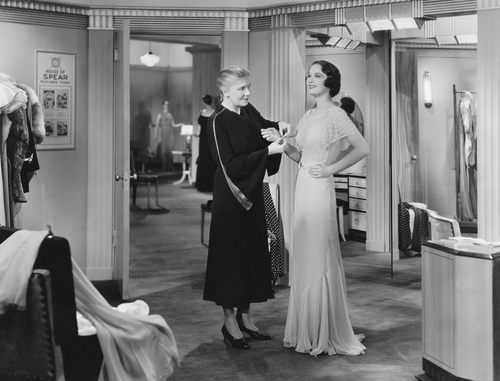First Choice Most Chosen
This is one of our free-to-access content pieces. To gain access to all Ideas for Leaders content please Log In Here or if you are not already a Subscriber then Subscribe Here.

Human beings may be biologically hardwired to prefer the first option presented to them, particularly if they have to make that choice quickly. Businesses can use this finding to tailor their marketing and other strategies to nudge customers towards a particular product or service. Recent research confirms the importance of being first and why this should inform point-of-sale, online, and other marketing messages.
Research dating as far back as the early 20th century has shown that the first argument presented to humans on even complex topics has greater persuasive appeal and is more likely to change minds. Building on this, Dana Carney and Mahzarin Banaji from Haas School of Business and Harvard University, respectively, set out to test whether firsts are consistently preferred on automatic measures of preference and choice.
They found that in circumstances under which decisions must be made quickly or without much deliberation, preferences are unconsciously and immediately guided to those options presented first. They acknowledge that there may sometimes be rational reasons to prefer firsts (for example, the first resume is designated on the top of the pile because that person wanted the job the most), but the ‘first is best’ effect suggests that firsts are preferred even when completely unwarranted and irrational.
Biology may explain why this is so; according to Carney and Banaji, a preference for firsts has its origins in an evolutionary adaptation favouring firsts. Consider the imprinting process in baby chicks; the first object the newborn sees — whether it be another animal or inanimate object — has been shown as likely to become its object of attachment. Similarly, humans too may be hardwired to prefer firsts.
Methodology: To test their hypothesis, Carney and Banaji conducted three experiments. In the first, 123 participants evaluated photos of salespeople divided into pairs of males, females and teams. Immediately following separate introductions to each pair, they had to decide which team to join. They were asked in two ways in order to assess both their conscious/deliberate and unconscious preferences. In both cases, participants preferred the first person or team they encountered.
In the second experiment, 207 participants at a train station were asked to quickly choose between two pieces of similar bubble gum. Again, most of the time the bubble gum presented first was preferred.
Finally, they asked 31 participants to choose between mug-shots of pairs of convicted criminals, and to decide which one was more worthy of parole instead of prison. All of the criminals had committed the same violent crimes and shared similar features and facial expressions. Again, most participants picked the first criminal presented as more worthy of parole.
Talking about these findings, Carney says this research shows that executives should develop their business strategies knowing that first encounters are preferable to their clients or consumers; for example, marketing or advertising executives in particular may consider it worthwhile to invest in primary slots in television advertising breaks, which tend to cost more than the second.
Similarly, if there is a particular product that you want to sell more of, or nudge your customers towards, making sure they see it first on a multi-product display may help do so — the caveat being that the customer has to decide which to buy fast. Based on this Idea, it is likely they will choose the product they see first.
Furthermore, in a world where online considerations play a massive role in business strategy, these findings highlight the important of being first on, for example, Google rankings.
First is Best. Dana R. Carney & Mahzarin R. Banaji. PLoS ONE (June 2012). DOI: 10.1371/journal.pone.0035088.

Ideas for Leaders is a free-to-access site. If you enjoy our content and find it valuable, please consider subscribing to our Developing Leaders Quarterly publication, this presents academic, business and consultant perspectives on leadership issues in a beautifully produced, small volume delivered to your desk four times a year.

For the less than the price of a coffee a week you can read over 650 summaries of research that cost universities over $1 billion to produce.
Use our Ideas to:
Speak to us on how else you can leverage this content to benefit your organization. info@ideasforleaders.com